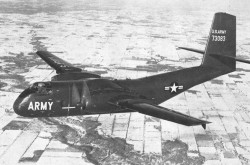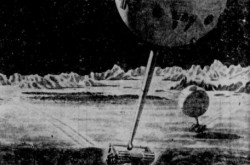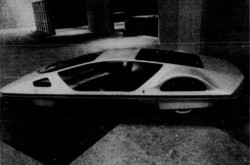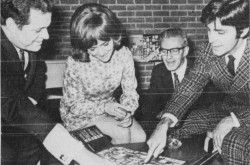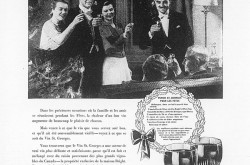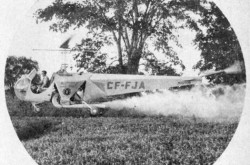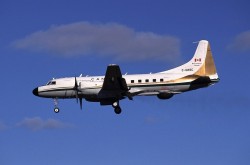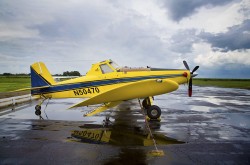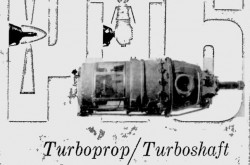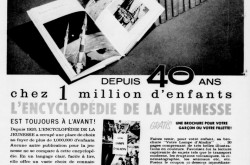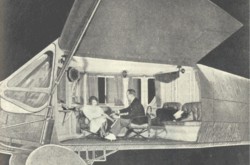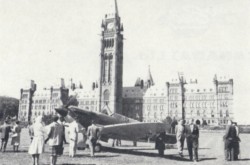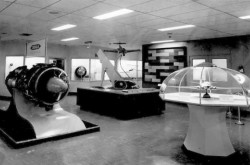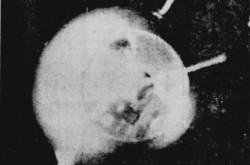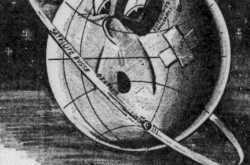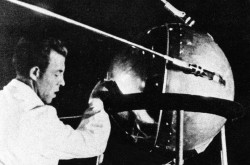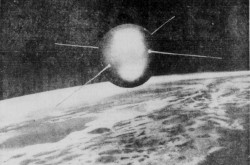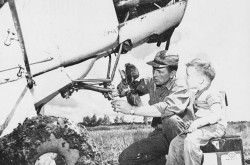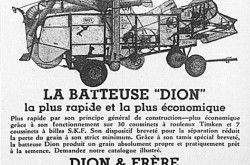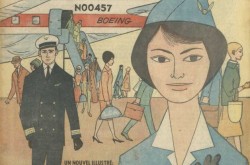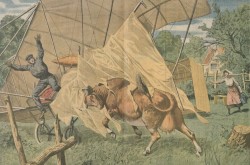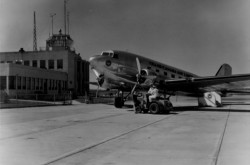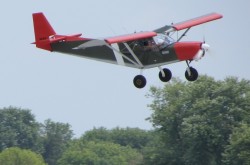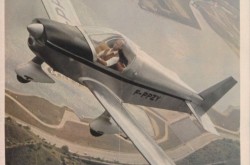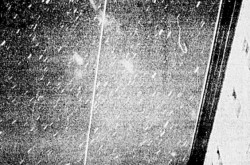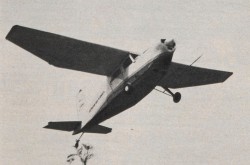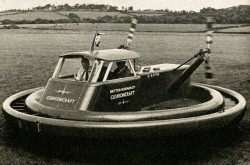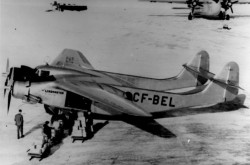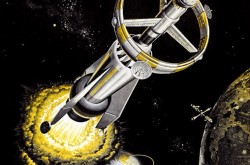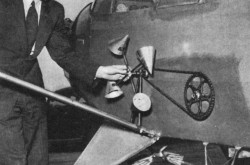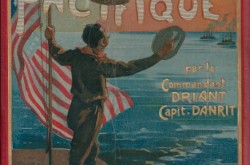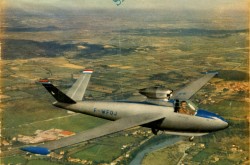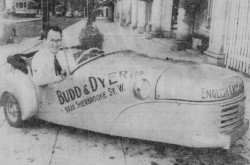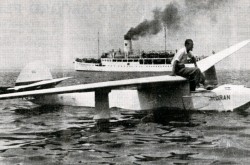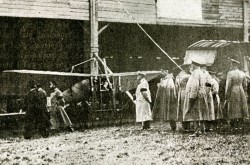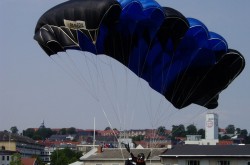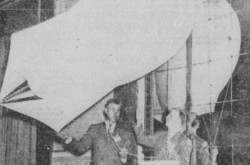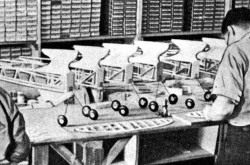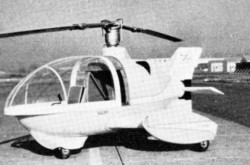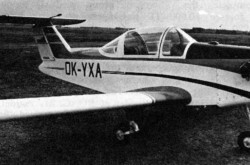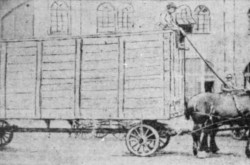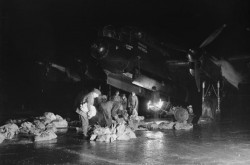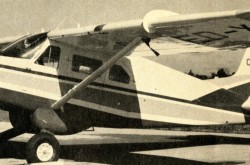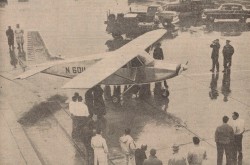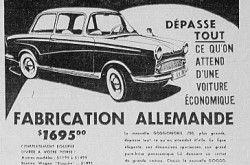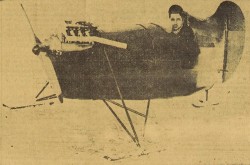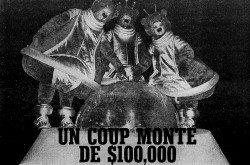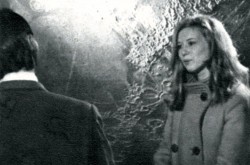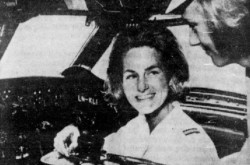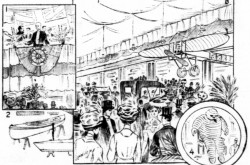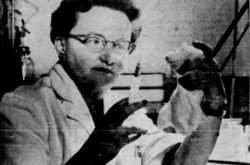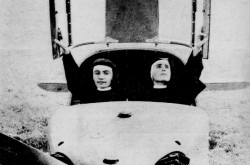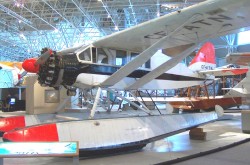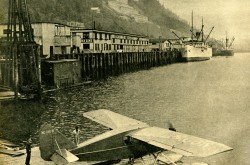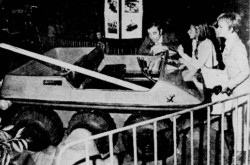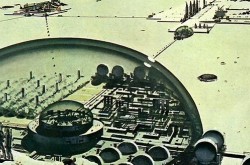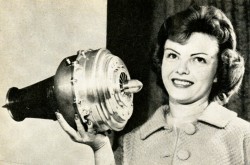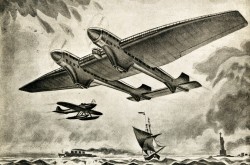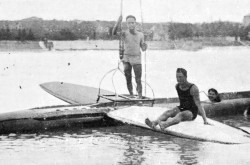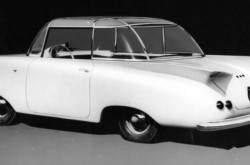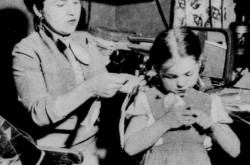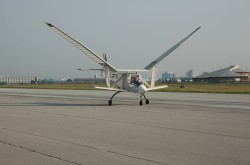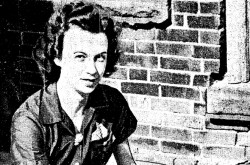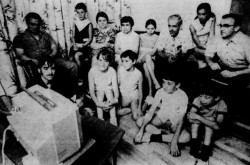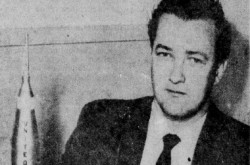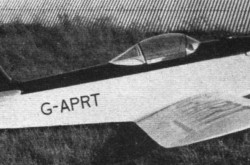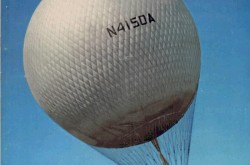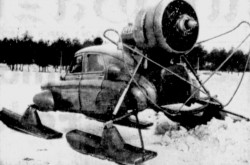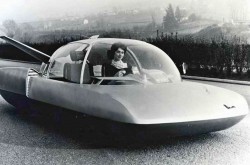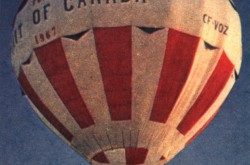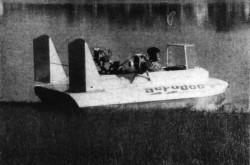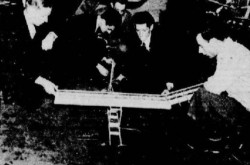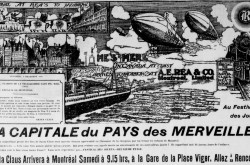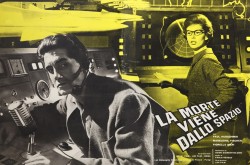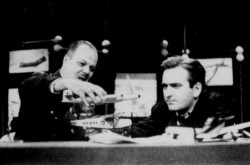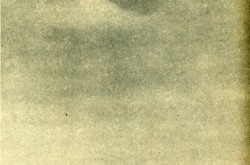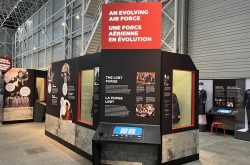“Here’s good wind, here’s pretty wind:” A whirlwind overview of the fascinating wind turbine of French engineer Louis Constantin, and of a few other things besides that, part 1

Bonjorn, amic(e) legidora o legidor, coma anatz? [… ] Soi encantat de l’aprene. Passam ara a las causas seriosas. Desiri examinar amb vosautres uèi una plan interessanta realizacion d’un engenhaire francés, Louis Constantin, e qualques autras causas en mai, e...
Sorry, sorry. Yours truly had completely forgotten that I was conversing with you in Occitan, in Languedocian Occitan more precisely. Let us restart from the top.
Hello, my reading friend, how are you? […] I am delighted to hear that. Let us now get down to business. I would like to examine with you today a very interesting realisation of a French engineer, Louis Constantin, and a few other things besides that, and…
What is Occitan, you ask? A good question. Occitan is a Romance language spoken / understood in 2023 by nearly 550 000 French people living in the south of France, people for whom it is their second language.
A Romance language, by the way, is a language derived from Late Latin (written form) and Vulgar Latin (spoken form).
You are most welcome.
Why use the most melodious language that is Occitan to introduce an article on a wind turbine and a few other things besides that, you ask? Another good question. Let us proceed right now to find an answer.
And yes, yours truly indeed thought that a topic which did not gravitate around agriculture, aviation, food, space or land transportation might be a nice change of pace. There are times when change is, well, fine. (Hello, EP!) But back to our story.
Before diving in, however, let me digress for a brief moment. The magazine behind this current issue of our wonderful blog / bulletin / thingee, Science et Monde, was / is a French weekly illustrated popular science magazine whose first issue came out in May 1931. That remarkable publication apparently ceased to appear in March 1936 at the earliest. Pity, but I digress.
The gentleman at the heart of this issue of our electrifying blog / bulletin / thingee was born in February 1877, at Sault, in the south of France. His name was / is… Louis Constantin. And yes, it was / is a safe bet that he could follow at least part of a conversation in Occitan, with more or less ease.
Constantin pursued engineering studies at one of the most prestigious schools in France, the École supérieure d’electricité, in Paris. He graduated in 1899. The following year, he joined the staff of a well-known and respected Swiss firm, Elektrizitätsgesellschaft Alioth Aktiengesellschaft. In 1902, the young engineer joined the staff of the Spanish subsidiary of his employer, Sociedad de Electricidad Alioth. Constantin proved to be so talented that he became the director of that firm in 1904. He held this position until around 1910-11.
Returning to France at that time, Constantin discovered a passion for wings. Indeed, that young engineer living in enviable comfort, relatively speaking (typing?), would henceforth devote all his efforts to the new mode of transport.
In 1912, Constantin proposed the use of a small movable surface along the leading edge of an aircraft wing, in order to allow a pilot to maintain control of his flying machine at relatively low speeds and at more or less high inclinations. He applied for a French patent in November 1912 for that device known today as a leading edge slat. Constantin seemed to obtain said patent in the spring of 1913. He also obtained at least one foreign patent to better protect his idea.
Constantin obtained all those patents in response to the suggestion made by the permanent inspector of the Aéronautique militaire of the Armée de Terre, Brigadier General Auguste Édouard Hirschauer.
A scale model of the device proposed by Constantin was tested in a wind tunnel around 1913. While the lift created proved to be greater than that of a conventional wing, the drag also unfortunately proved to be greater.
And yes, it was for a somewhat similar but more advanced device that the English industrialist Frederick Handley Page, president of the English aircraft manufacturing firm Handley Page Limited, obtained a British patent in October 1919. A French patent followed in July 1920.
You might be pleased, or not, to hear (read?) that Gustav Victor Lachmann, a German pilot who had served during the First World War in the Luftstreitkräfte of the Deutsches Heer, in other words in the air forces of the German army, had attempted to patent an equally similar device in 1918. Given the absence of wind tunnel tests, the Kaiserliche Patentamt had rejected his application, however. Having heard of a demonstration carried out by Handley Page in 1921, Lachmann borrowed money from his mother to carry out wind tunnel tests of his concept. He obtained a retrospective patent from was then the Reichspatentamt in 1922.
This being said (typed?), Lachmann having submitted a patent application in 1918, his patent took priority over that of Handley Page. The English industrialist not wishing to engage in a patent war, he agreed to share the rights to his patent and that of Lachmann. Better yet, Handley Page hired Lachmann as a consultant.
How about Constantin in all that, you ask, my reading friend? Another good question. You are on fire today, my reading friend, but back to our topic. For one reason or other, his contribution seemed to have been forgotten. Indeed, according to some, Constantin abandoned his patent around 1919-20 because he did not have the sums of money required for its defence in the United Kingdom. But let us go back to the year 1912. Indeed, let us go back in time to around 1911-12.
While studying the propeller work of Stepán Kárlovich Dzhevétskiy, a Russian but Polish-born scientist / journalist / inventor / engineer, Constantin came to think that an aerial propeller could activate the marine propeller of a boat.
Anxious to prove his idea, he completed a small cart whose 4 wheels were driven by a propeller, itself driven by the wind. That cart which moved against the wind attracted the attention of a person whose identity escapes me. In any event, said person apparently brought the invention to the attention of reputable French researchers. Not having the financial means to continue his work, however, Constantin consoled himself by working on another project.
Constantin joined forces with a certain François Marie Abel Jean Pierre d’Astanières to develop an automatically stable aeroplane which they entered into the contest of the Union pour la sécurité en aéroplane launched in January 1914. Invited by the jury to show up at an aerodrome located a stone’s throw from a military camp located 150 or so kilometres (95 or so miles) northeast of Paris, with nearly 15 other participants, in May, I think, Constantin and d’Astanières were among those who were unable to respond to that invitation. They were therefore eliminated. In fact, only 2 of the 15 machines landed at the Châlons camp.
The Constantin-d’Astanières aeroplane might, I repeat might, have been destroyed during the fall of 1914, during one of the almost daily German artillery bombardments which afflicted Reims, France, between the fall of 1914 and the end of 1915.
Constantin himself was mobilised when the First World War broke out in July / August 1914. He quickly served as an interpreter with the British Army.
This being said (typed?), Warrant Officer Constantin still had time to carry out certain technical work for the benefit of his hosts. He worked on a sight for a machine gun mounted, I think, on aeroplanes, for example. Indeed, Constantin perhaps spent some time in England, at the Aircraft Armament and Gunnery Experimental Establishment of the Royal Flying Corps of the British Army.
A brief digression if I may. During the time he spent working with the British Army, Constantin befriended several British officers, including a colourful aviation pioneer active before the First World War, Captain John Theodore Cuthbert Moore-Brabazon.
Would you believe that, to prove the inaccuracy of an adynaton well known in the language of William Shakespeare, when pigs fly, Moore-Brabazon took off with a 6-week old Sus domesticus in early November 1909? I kid you not.
To quote the aviator,
It was a short, fast flight and though he squealed a little to begin with, my four-legged passenger soon quietened down, and behaved as if he quite realised the importance of the occasion. Even the proximity of the engine did not distress him in the least.
Personal opinion, the poor creature was paralysed with fear.
Given the success of that flight, the name given to the piglet might have been somewhat inappropriate. And yes, you are quite right, my reading friend. Moore-Brabazon had dubbed his aerial companion Icarus II.
The journey in question may well have been the first cargo carrying flight on planet Earth, but I digress.
Lieutenant Constantin returned to France in 1917 to join the staff of the Service aéronautique interallié, a recently created organisation whose aim was to facilitate communications between the air forces of the main allied countries. He subsequently joined the staff of the aeronautical section of an organisation whose name escapes me, the direction des Inventions of the Ministère de l’Armement et des Fabrications de Guerre perhaps.
In any event, Constantin was demobilised in 1919.

Louis Constantin. Anon., “L’électricité par le vent ou la ‘houille éolienne.’” Le Petit Parisien, 21 April 1924, 2.
In 1920, Constantin began a new career with Société Anonyme Pierre Levasseur, an aeronautical firm specialising in the production of propellers, as well as aircraft intended for the Aéronautique maritime of the Marine nationale.
He left his job as head of design in 1922 to devote himself to a field somewhat related to aeronautics: the harnessing of wind energy to produce electricity through wind turbines.
In parallel with that new passion, Constantin willingly agreed to revisit his work concerning the use of an aerial propeller to activate the marine propeller of a boat. You see, Jules-Louis Breton, director of the Direction des recherches scientifiques et industrielles et des inventions, a directorate created in 1919 under the Ministère de l’Instruction publique et des Beaux-Arts, put him in touch with a French civil engineer, Adrien Joseph Victor Raymond Joëssel, who, in 1918, had carried out experiments with a small boat equipped with an aerial propeller.
A small team led by Constantin and Joëssel supervised the installation on a small boat, the Bois-Rosé, of a propulsion system which used a (variable pitch?) aerial turbine / air propeller which activated a marine propeller. By the way, the large metal aerial propeller in question was manufactured in the Pierre Levasseur workshops.
A brief digression if I may. A variable pitch / controllable pitch propeller includes a means of rotating its blades in mid-air, thus changing their angle and giving pilots the thrust required for take-off and high speed flight.
On takeoff, the blade angle is small, which means that the distance traveled with each rotation of the propeller, its bite of the air so to speak, is also small. This is referred to as low / flat / fine pitch. The increased grip of the propeller and its higher rotation speed improve the takeoff and climb performance of an aircraft. By contrast, for level flight, the propeller has to travel a greater distance with each revolution. To achieve this, the pilot increases the angle of the blades. This is referred to as high / coarse pitch, but back to our story.

The experimental boat Bois-Rosé, Paris, France, November 1922. Bibliothèque nationale de France, EI-13 (953).
In September 1922, the Bois-Rosé moved in all directions on the Seine River, in Paris, for a good 3 hours, in the middle of heavy traffic. That boat, which looked strange to say the least, did not go unnoticed. Mind you, it also impressed the scientists, politicians and journalists invited by the Direction des recherches scientifiques et industrielles et des inventions who saw it maneuver on the Seine River at the beginning of November 1922.
In May 1923, the Bois-Rosé was in Cherbourg, France, an important port city on the Channel, to be tested at sea for the benefit of the Ministère de la Marine. Everything went swimmingly until it went to the bottom during a tow before and / or after testing.
This being said (typed?), the propulsion system of that experimental boat was not on board at the time of the disaster. In fact, it apparently did not take long for it to be sent to the museum of the Office national des recherches scientifiques et industrielles et des inventions, the new corporate identity of the Direction des recherches scientifiques et industrielles et des inventions, adopted in December 1922.
Although disappointed by the disappearance of the Bois-Rosé, Constantin nonetheless remained convinced of the potential of his idea with regard to shipbuilding. A well-known French shipping firm, the Compagnie générale transatlantique, shared that confidence, if only temporarily. Around 1924, a French shipyard, the Société des Chantiers et Ateliers de Saint-Nazaire-Penhoët, also believed in the possibility of equipping small cargo ships with big Constantin aerial turbines. However, that short-lived confidence did not lead to anything concrete.
In 1927, Constantin claimed that his aerial turbine was superior to the Flettner rotor, a means of propulsion consisting of a large, rotating vertical cylinder developed in the early 1920s by German engineer / inventor Anton Flettner. This being said (typed?), he was unable to interest the French public authorities in investing in his idea.
While it was true that the German experimental ship Baden Baden had crossed the Atlantic in May 1926, the Flettner rotor also failed to interest the German public authorities.
At the very beginning of the 1920s, alongside his growing passion for harnessing wind energy through wind turbines, Constantin also looked into the possibility of automatically stabilising aircraft, a previous interest of his as we both know.

The vertical wind vane of a Constantin wind vane device mounted on a Farman F.71, a French light transport biplane. Anon., “Technique – Deux dispositifs de stabilisation automatique. » L’Aérophile, 15 January 1931, 21.
Constantin only managed to supervise flight tests around 1926-27, however. The device he had developed, known as the girouette, in English wind vane, or girouette Constantin, used in pairs with horizontal and vertical blades, ensured the stability of the aircraft equipped with it by acting on its ailerons. Indeed, according to test pilots, said device greatly facilitated flying at night or in clouds.
The first flight tests of the Constantin wind vane seemed to have a link with the efforts of Lucien Rougerie, director of aerodromes for the Société des avions H. & M. Farman, who was then launching the training of aviators in blind flying / instrument flying. Installed on at least one aircraft of the École de pilotage sans visibilité extérieure, the Constantin device gave complete satisfaction.
By the way, the school in question, founded around 1928, was the first school of its kind in Europe and, perhaps, the very first in the world.
Before I forget, would you believe that Rougier oversaw the fabrication of what might well have been be one of the world’s first instrument flight simulator, the banc d’entraînement Rougerie, completed no later than 1929?
Constantin founded the Société des brevets d’aviation Constantin in April 1931 to exploit his wind vane. In fact, he supervised the installation of wind vanes on several French aircraft, and this until the end of the 1930s. He carried out that supervision under the aegis of the French aeronautical technical services. While it was true that the inventor received some bonuses and laudatory comments over the months and years, his wind vanes were not adopted by French or foreign aircraft manufacturers.
This being said (typed?), Constantin traveled to a base of the Regia Aeronautica, in other words the Italian air force, near Rome, Italy, in February 1932, aboard an aircraft equipped with a set of wind vanes. Some officers seemed impressed but, as implied in the previous paragraph, Italian aircraft manufacturers did not adopt Constantin’s invention.
Some people nonetheless continued to defend that invention of an aging and increasingly impoverished Constantin, even after the Second World War. Let us mention, for example, two directors of the Secrétariat général à l’aviation civile et commerciale of the Ministère des Travaux publics et des Transports, Edmond Cornu and Marcel Agésilas. An amateur-built Jodel D-112 aircraft fitted with Constantin wind vanes flew successfully no later than July 1955, for example. The efforts of the defenders of Constantin’s device left French or foreign aircraft manufacturers indifferent, however.
Would you believe that the time has finally come to tackle the invention at the heart of this article in our dazzling blog / bulletin / thingee? Yes, yes, the Constantin wind turbine / wind generator.
This being said (typed?), that tackling will not take place today. Sorry. Or not.


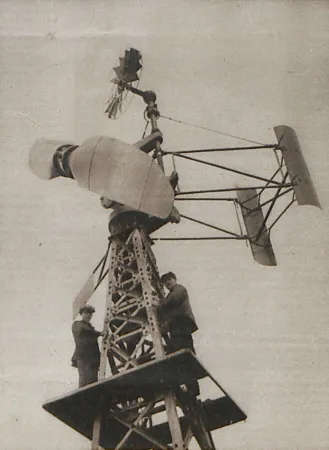


































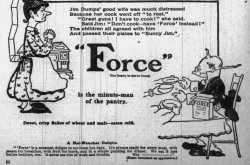
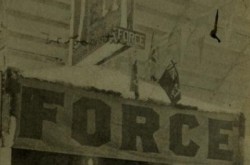
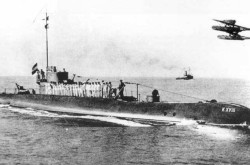
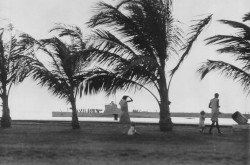
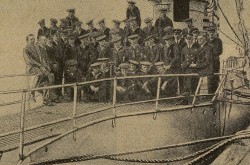
![A block of photographs showing some of the people involved in the bombing of beluga whales in the estuary and gulf of the St. Lawrence River. Anon., “La chasse aux marsouins [sic]. » Le Devoir, 15 August 1929, 6.](/sites/default/files/styles/thumbnail_7/public/2024-09/Le%20Devoir%2015%20aout%201929%20page%206.jpg?h=584f1d27&itok=TppdLItg)
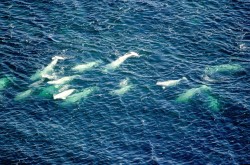
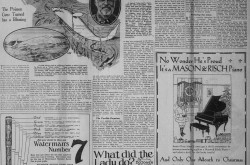
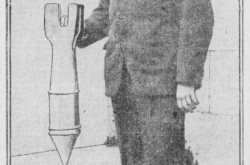
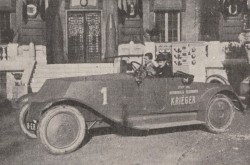
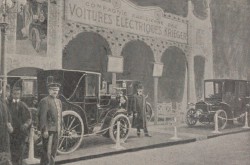
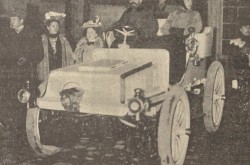
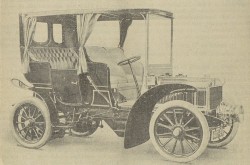

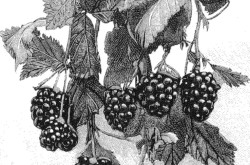
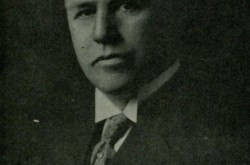
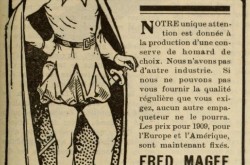
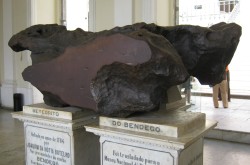
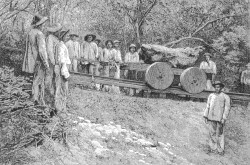
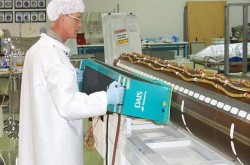
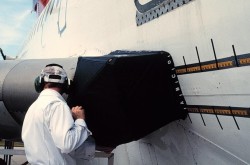
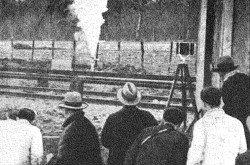
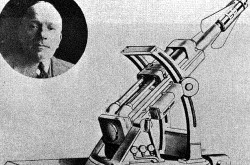
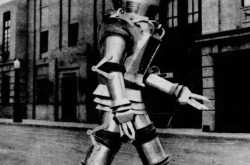

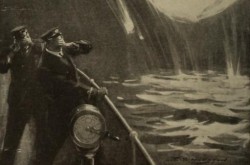
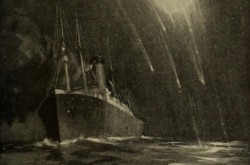
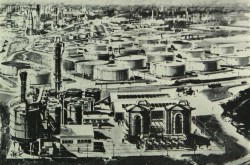
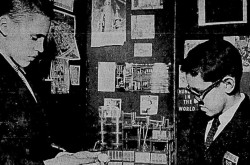
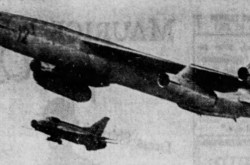
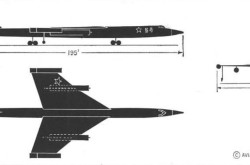
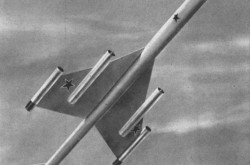
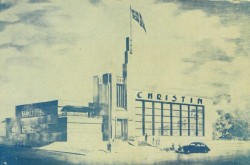
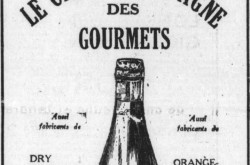
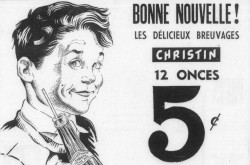
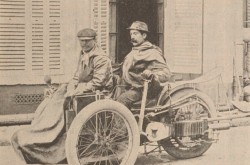
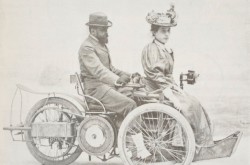
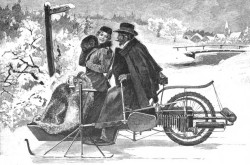

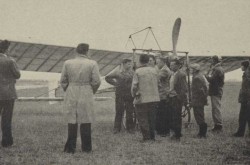
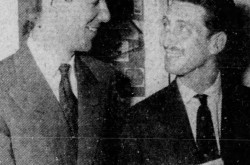
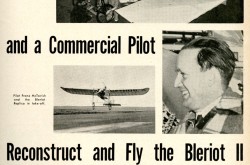
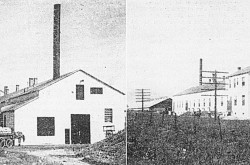
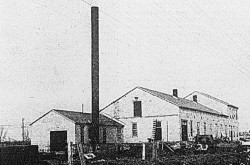
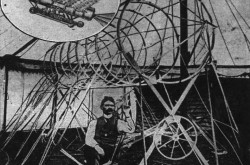
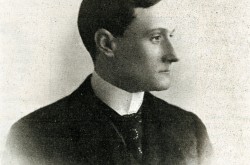
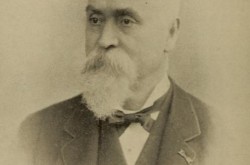
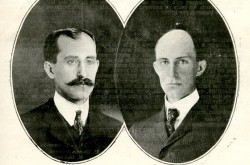
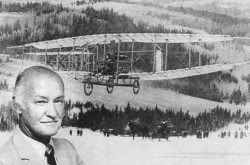
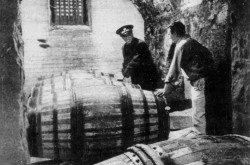
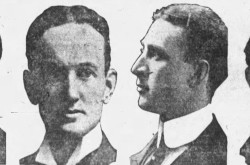
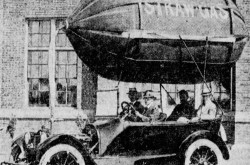
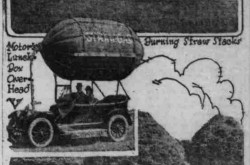
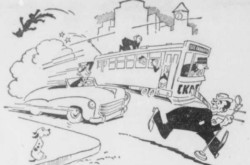

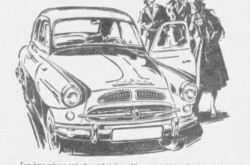
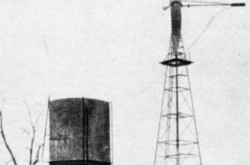
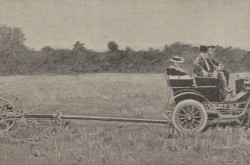
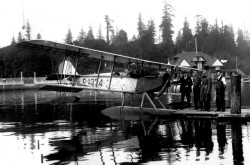
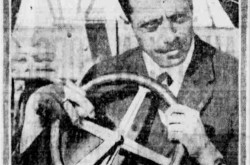
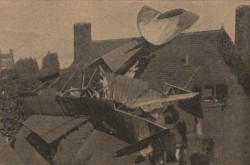
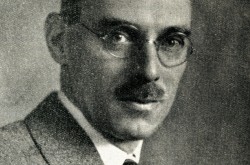
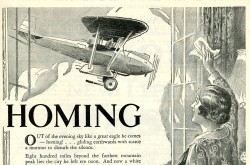
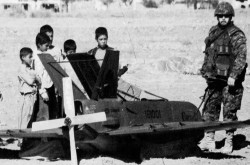
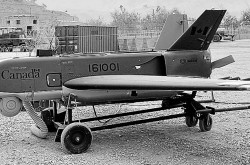
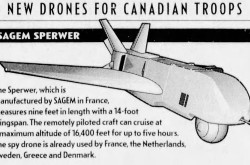
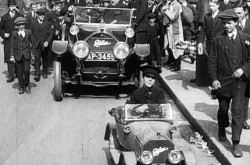

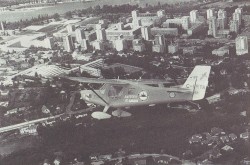
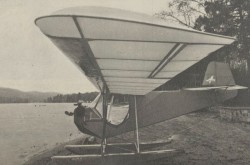
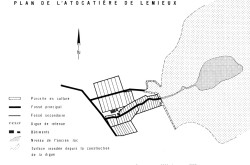
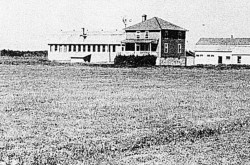
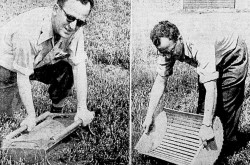

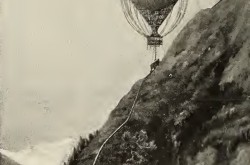
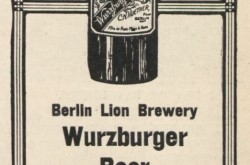
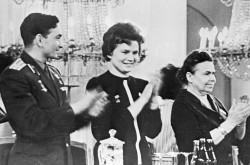
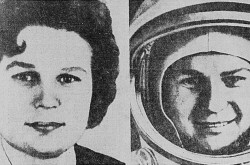
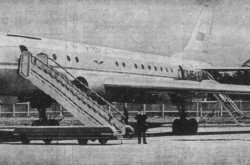
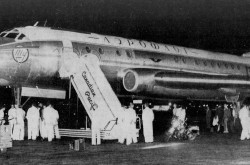
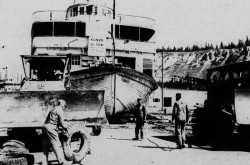
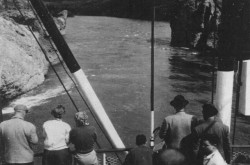
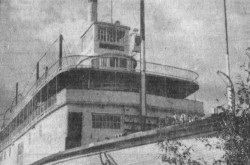
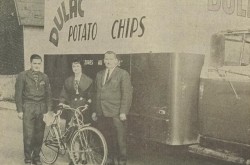
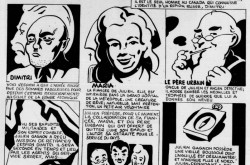
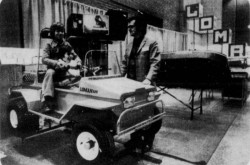
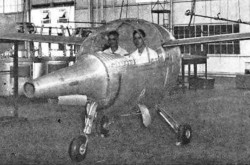
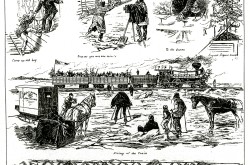
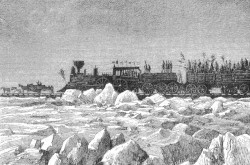
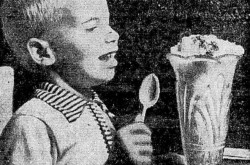
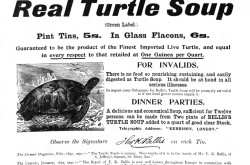
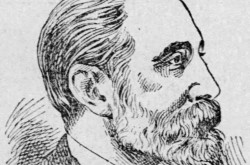
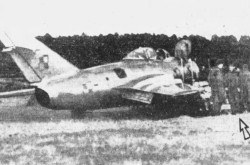
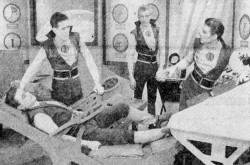
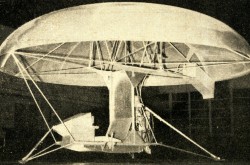
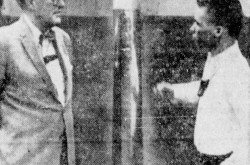
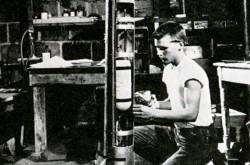
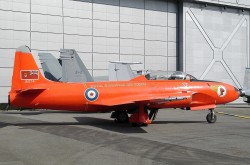
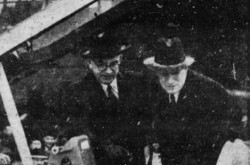
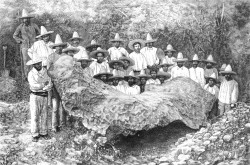
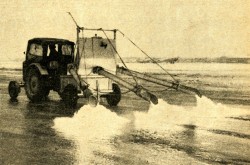
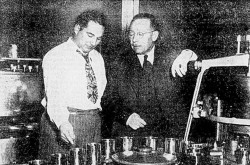
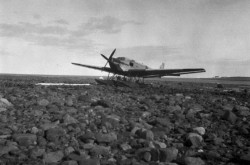
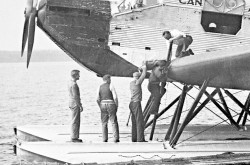
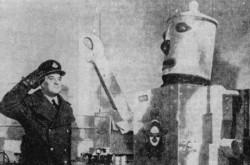
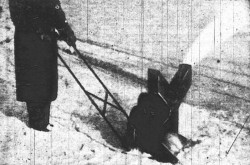
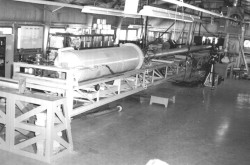
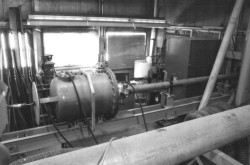
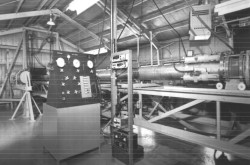
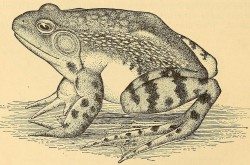
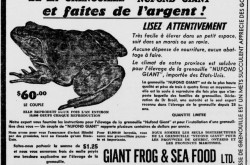
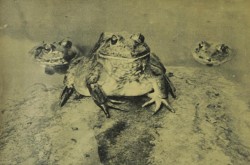
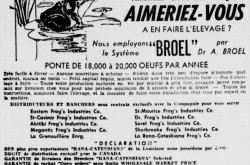
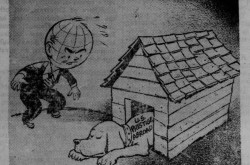
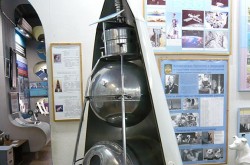
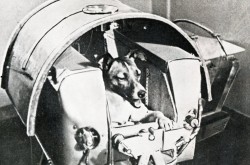
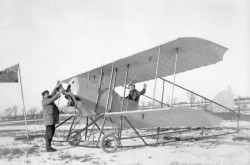
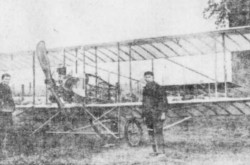
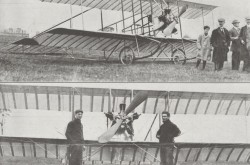
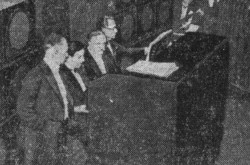

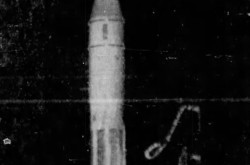
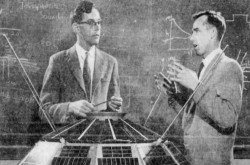
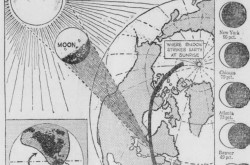
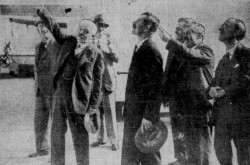
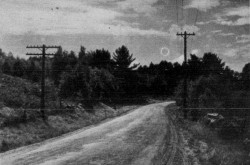

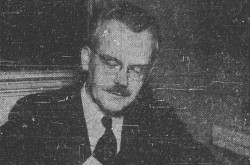
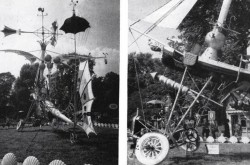

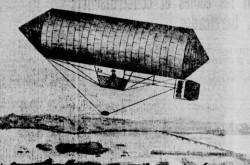
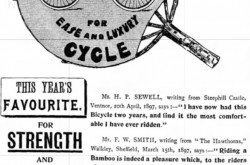
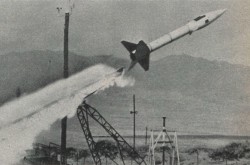
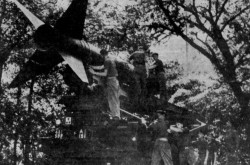

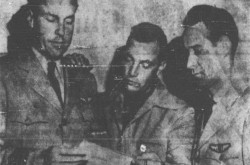
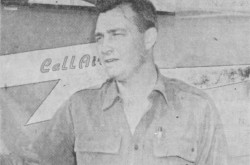
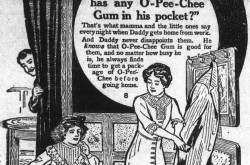
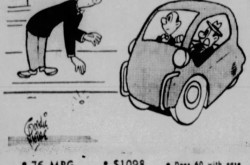
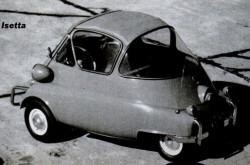
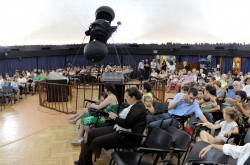
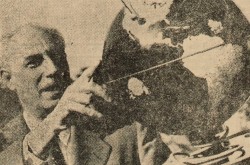
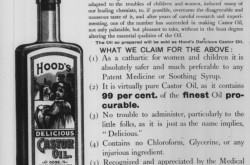

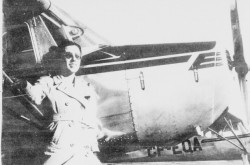
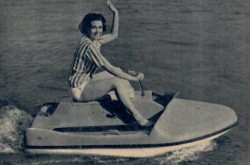

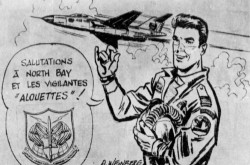

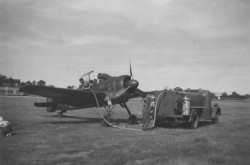
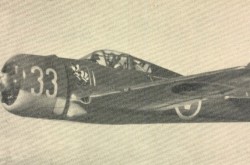
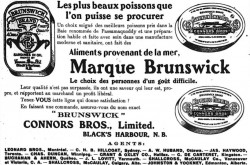
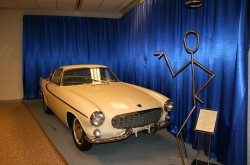
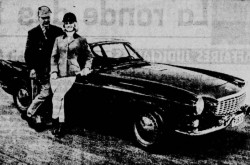
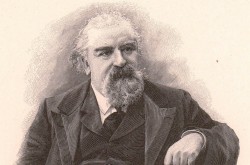
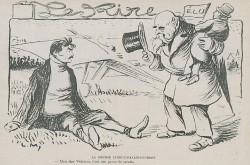
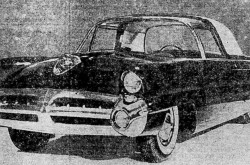
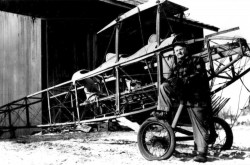

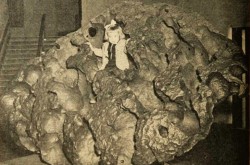
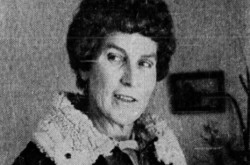
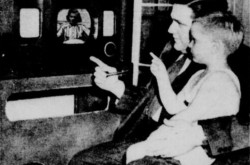
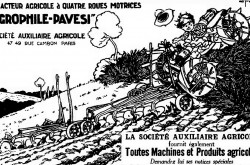
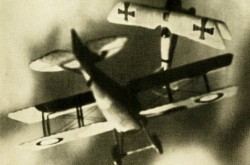
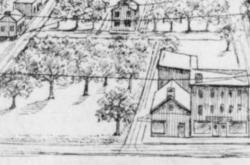
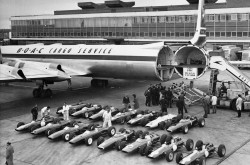
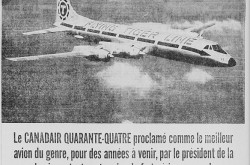

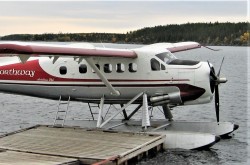
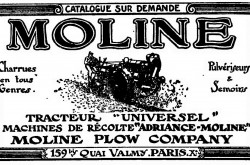
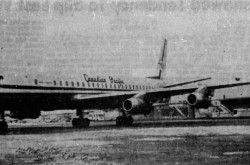
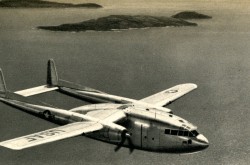
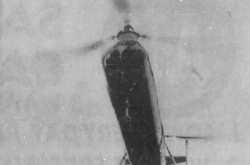
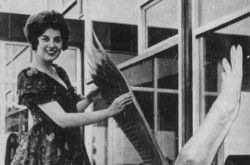
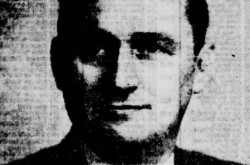
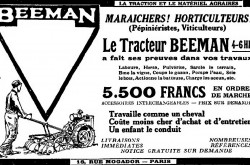
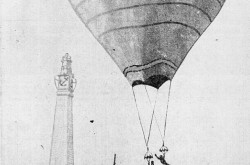
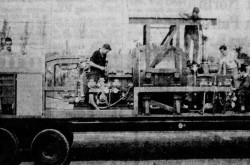
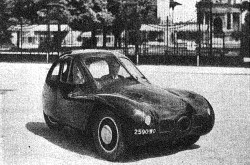
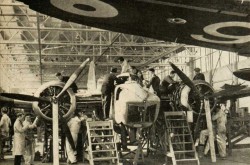
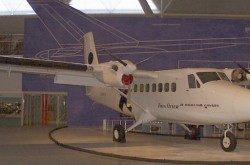
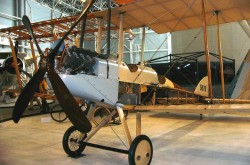
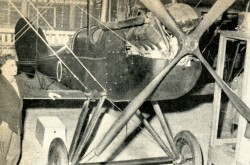
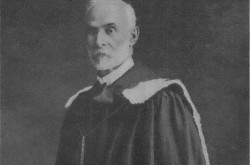
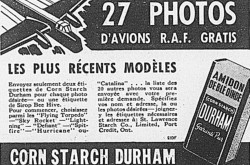
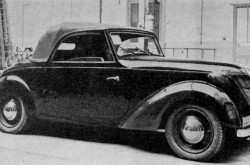
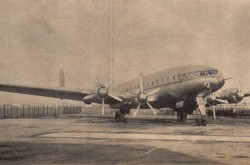
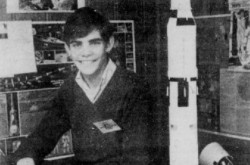

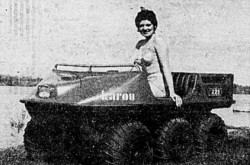

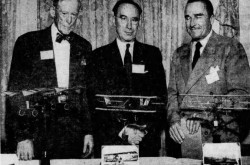

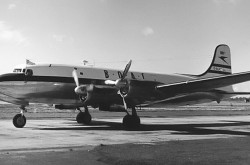
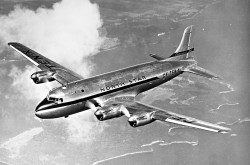
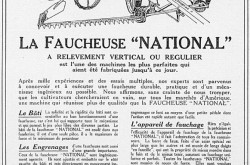
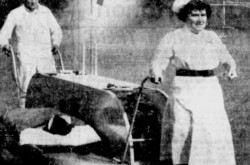
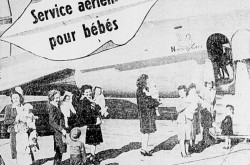
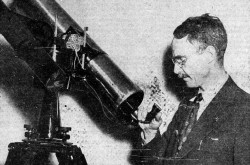
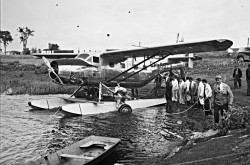
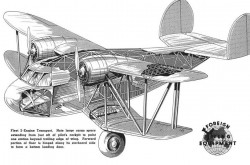
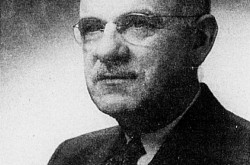
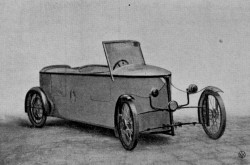
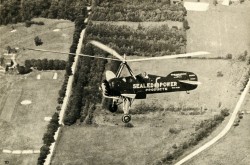
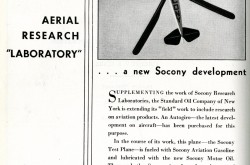
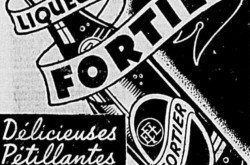
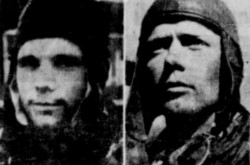

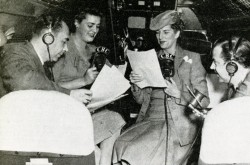
![Peter Müller at the controls [sic] of the Pedroplan, Berlin, Germany, March 1931. Anon., “Cologne contre Marseille – Le mystère du ‘Pédroplan.’ [sic]” Les Ailes, 2 April 1931, 14.](/sites/default/files/styles/thumbnail_7/public/2021-04/Les%20Ailes%202%20avril%201931%20version%20big.jpg?h=eafd0ed4&itok=WnBZ5gMf)
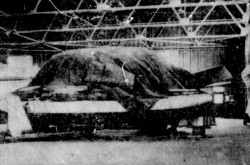
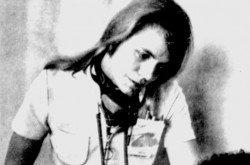
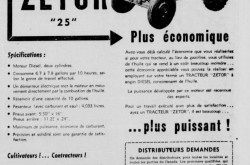
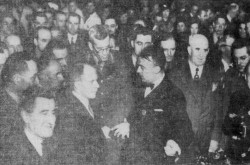
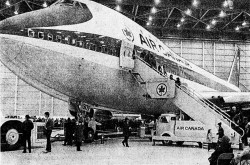
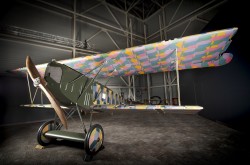
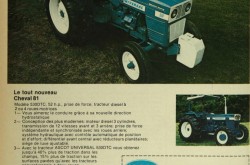

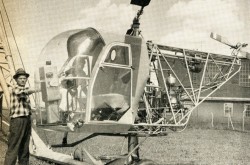
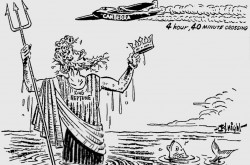
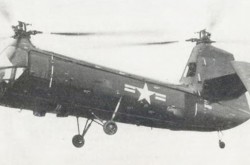
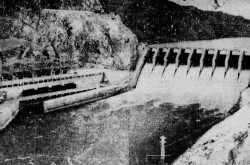
![One of the first de Havilland Canada Chipmunk imported to the United Kingdom. Anon., “De Havilland [Canada] DHC-1 ‘Chipmunk.’” Aviation Magazine, 1 January 1951, cover.](/sites/default/files/styles/thumbnail_7/public/2021-01/Aviation%20magazine%201er%20janvier%201951%20version%202.jpg?h=2f876e0f&itok=DM4JHe5C)
